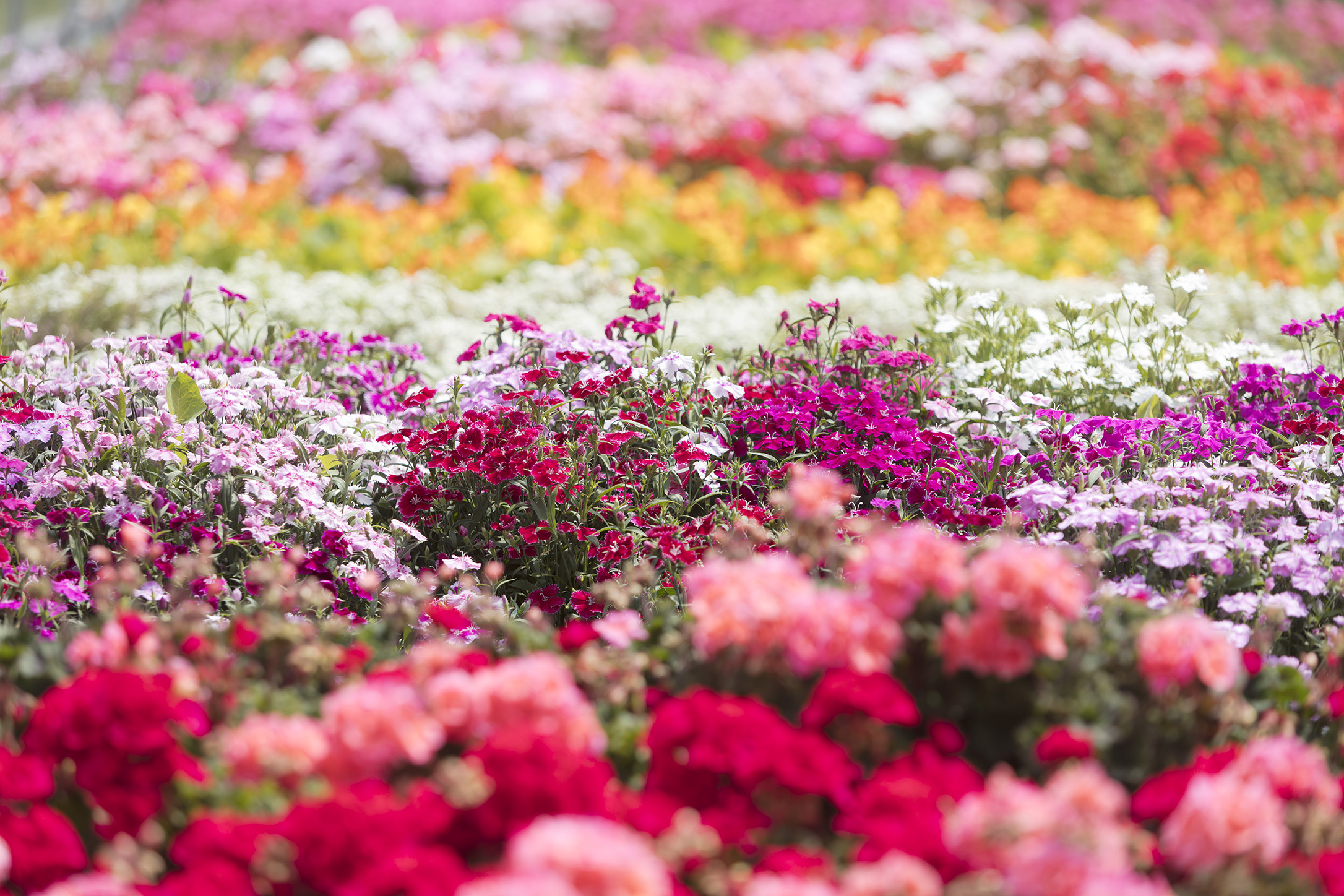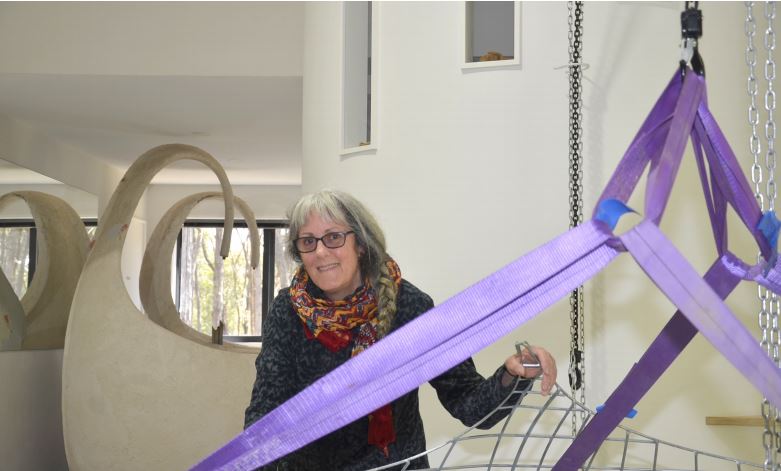October 26th, 2021Glen, About the House
Some like it cool
I’m sure that, like me, you have a dark, shady corner of the garden where the hardy sunlovers just simply can’t do their best. Fortunately, there’s an equal number of beautiful shade-seeking plants of all kinds just itching to strut their stuff.
These plants, although preferring cool, moist conditions in the warmer months, are just as dependent on good drainage and rich, friable soil. Many shade-loving plants also prefer an acidic soil, so this must also be taken into consideration when preparing the bed.
Unfortunately many cool, shady spots are poorly drained and will need careful preparation before any planting can take place. Where the area is low-lying and water lies around during wet weather, it would be advisable to raise the soil level by at least 10-12cm by spreading a thick layer of compost or crumbly loam, well mixed with finely pulverised cow or horse manure to a depth of at least 10 cm. This layer should be dug well into the existing soil.
When planting trees or shrubs, always form a small mound on which to plant to assist in drainage. A 5-6cm layer around the base of the plant will reduce the need for excessive watering during hot weather as well as keeping the roots cool.
Shade-loving plants are best placed where they receive early morning or late afternoon sun, avoiding the leaf-scorching heat of the midday summer sun and any damage to delicate foliage, especially young growth.
Ideally they should face either south or south-east or at least be planted where larger trees or overhanging eaves give protection during the middle of the day. Naturally, wherever you choose, protection from hot, drying winds is essential.
As well as the more commonly grown shade lovers such as azaleas, camellias, and fuchsias there are many trees, shrubs and perennials that deserve greater recognition.
Shady spots aren’t only the domain of those from cold climates that simply frizzle in our summers. There are quite a few that simply perform better with a bit of protection. Among these are the Japanese sacred bamboo, nandina and abelia which although evergreen turn to a delightful bronze on the cooler months and are even more colourful in the cool.
The actual make-up of the foliage of plants can determine their ability to handle weather extremes such as searing sunlight and even frosts. For example azaleas and their cousins the rhododendrons. Azaleas, with their flimsy, soft-textured leaves just wilt at the first summer blast, whereas rhododendrons, with their hard, glossy- surfaced foliage fare much better, as do similarly clad camellias. Obviously the tough mirror-like foliage can deflect much of the heat.
A simple guide in choosing locations for planting
Ficus pumila, the small-leafed trailing fig, which will cover the ground or a wall in the shade, is in its young growth an attractive golden colour. As the plant grows, they become deeper green and larger.
Gordonia axillaris, a small, evergreen tree growing to 3 metres in height is often mistaken for a camellia with its glossy leaves and large single white flowers with a cluster of bright yellow stamens. It requires a slightly warmer climate than camellias and protection from frost when young.
Laburnum vulgare (golden chain tree) with its long trailing sprays of golden yellow will brighten up even the shadiest corner and will even grow under taller trees.
Among the small shrubs, the all-time favourite, daphne odora, revels in shade and will spread its perfume throughout the whole area. Nandina domestica, the Japanese sacred bamboo, in its many forms, makes handsome, multi-coloured clumps and its white flower clusters are frequently followed by bright red berries.
Got a gardening question? Email glenzgarden@gmail.com










